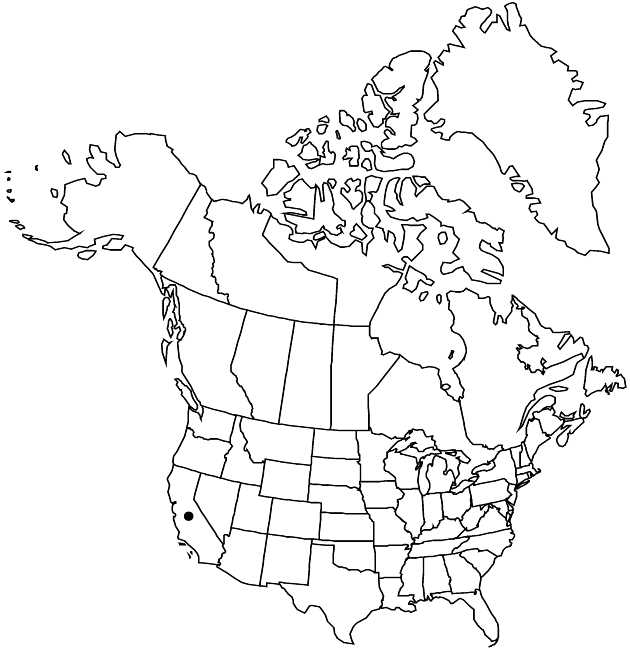Wyethia helenioides
Trans. Amer. Philos. Soc., n. s. 7: 353. 1840.
Plants (15–) 25–40 (–60) cm. Basal leaves: blades (whitish to grayish) oblong-ovate to lance-elliptic, 18–38 cm, margins usually entire, sometimes serrulate or dentate (often undulate), faces densely tomentose to tomentulose (usually glanddotted as well), glabrescent; cauline leaves (3–6) similar, smaller. Heads usually borne singly (–2+). Involucres hemispheric or broader, 35–60+ mm diam. Phyllaries 16–24, unequal, herbaceous, margins not ciliolate, faces tomentose; outer (30–) 40–80+ mm (foliaceous, much surpassing the discs). Ray-florets 13–21; laminae 20–35 (–50) mm. Cypselae 12–15 mm, distally strigillose. 2n = 38.
Phenology: Flowering (Feb–)Mar–May.
Habitat: Grassy slopes, openings in woodlands
Elevation: 10 –1600(–2000) m
Discussion
Wyethia helenioides grows in the Sierra Nevada foothills and west of the Central Valley, avoiding the fog belt.
Selected References
None.
Lower Taxa
"broader" is not a number.
